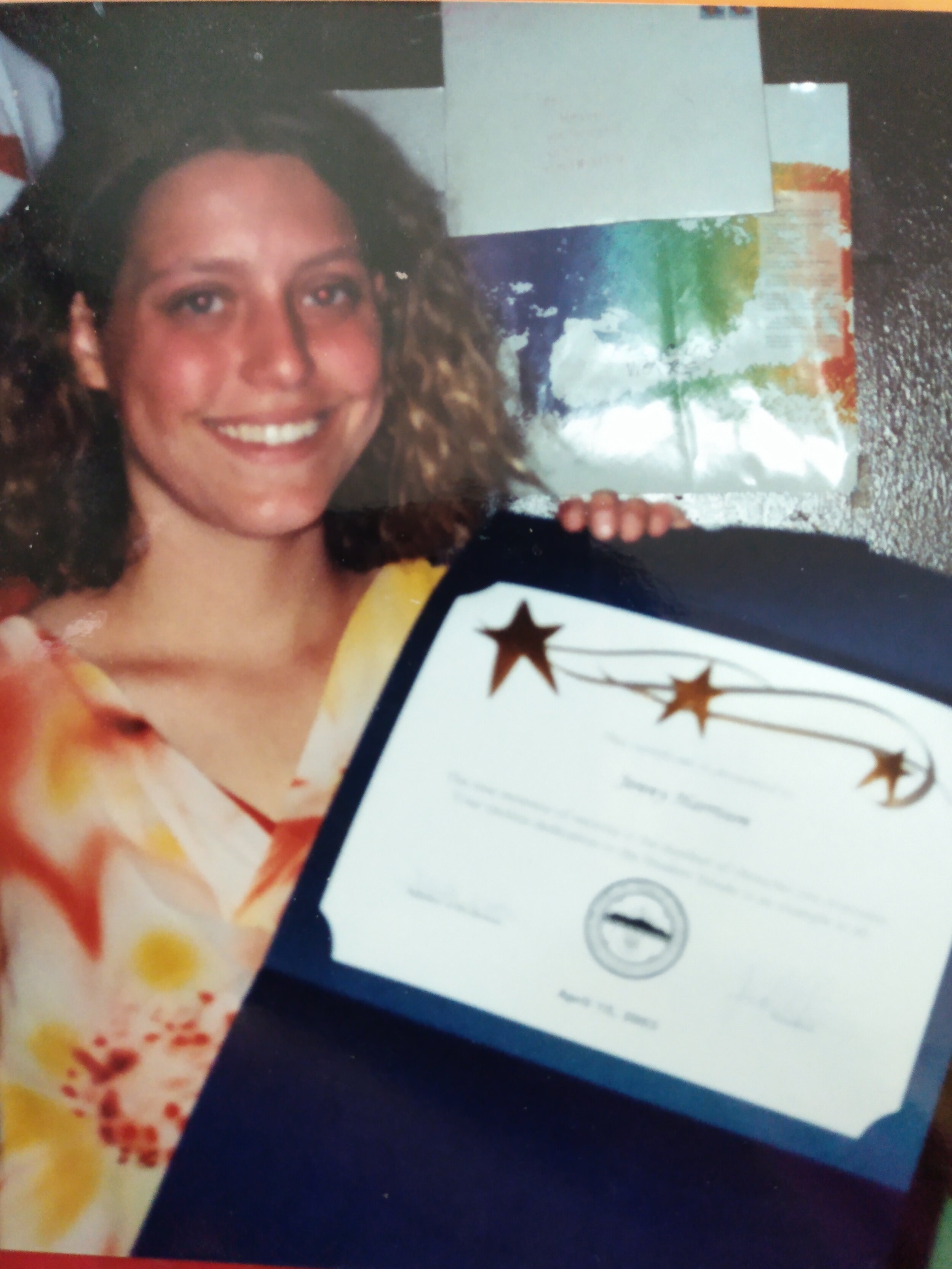College | Coping | IBD

On my way to Freshman orientation, my Dad apologized to me after I had an accident ruining my skirt by the side of the road because he thought a gas station was “right around the corner,” and it was not. By this point in my life, an accident like that had just become part of ordinary life, and I had carried spare underwear, toilet paper, and wipes in my purse or backpack for just shy of ten years. As I drove to that freshman orientation, I knew that college with severe Crohn’s disease would be challenging, but what I did not know was that making it to graduation was about to become the biggest challenge of my Crohn’s life.
When I was accepted to college, my pediatric gastroenterologist and I had formed a deal- she would get me to graduation, and upon graduating, I would consent to a proctocolectomy. Four massive medication failures, three medical leaves of absence, an NG feeding tube for half of my sophomore year, medication side effects, strep throat for four months, one major GI bleed, and several fistulas later, I graduated with honors and within six months post-graduation had consented to surgery. Looking back now, I realize that I did things as my time in college passed that helped immensely and are all things, I should have had in place from day one.
IBD and ostomies are conditions that are considered a disability and, thus, institutions of education can be required to provide reasonable accommodation. While private schools are not held to the same standards as public ones, most have a disability accommodation office or similar service to assist students who require accommodation. For me, these accommodations allowed for more time during exams, bathroom access during exams, and more leniency with the professor’s absence policies. Even more important was the ability to take medical leaves of absence. For students in public high school, a 504 plan allows for these reasonable accommodations. While a 504 Plan can also be used in college, it is important to work with the disability support services office and to ask questions before selecting a program to ensure that they will provide accommodations if needed as there are some exceptions to the law.
Even though I had reasonable accommodation in place, in one of my more challenging courses, I ended up with a C as it was an early morning class that needed in-person attendance. At that time, my Crohn’s disease often resulted in my spending the first hours of the day in the bathroom. So, for that early morning class, I spent most of the class period in the bathroom. After that semester, I made a point to create class schedules that allowed for my more challenging times during the day to be free periods. For example, early morning classes were problematic for me, and in the late afternoon, I often had fevers and lethargy, so being able to nap was critical. Knowing my symptoms and creating a schedule that allowed me to manage both a full-time course load and IBD was critical to my college success.
When I first entered college, computers, cell phones, and the internet were becoming more commonplace. As a result, I had begun to connect with other people who had IBD and were in college before I went to school. These relationships and support became critical for me as I transitioned from adolescence to adulthood and found myself needing to take on a more active role with my health while managing adult responsibilities like living independently. In addition to growing my support system, I used the college’s counseling services to process my feelings about having IBD and school. The counseling center was a valuable resource and provided me with free counseling to keep my stress levels down and added to my much-needed support system.
The freshman 15 is no joke for most college students. For me, the challenge with on-campus dining was finding something to eat that would not aggravate my already aggrieved digestive system. By junior year, I had ditched the dining hall entirely and opted for living accommodations with a kitchen. Yet, in the earlier years, when the only choice was dorm rooms, I learned that a rice cooker and microwave could be used to better manage my diet than the food available to me in the dining hall. During those early years, I would supplement my diet with items from dining, such as sandwiches, plain pasta, and other gut-friendly foods. Yet, I learned that I could have worked with the disability services office to have kitchen access much earlier in my college journey and that I could have obtained a waiver to opt-out of the meal plan, which was required if one lived in a dorm.
Managing IBD and college is not an easy task. However, working with the available campus services, advocating for oneself, and developing a support system helped me make it to graduation and through my graduate degree (which I began after having a proctocolectomy).
